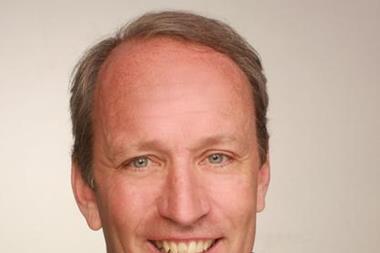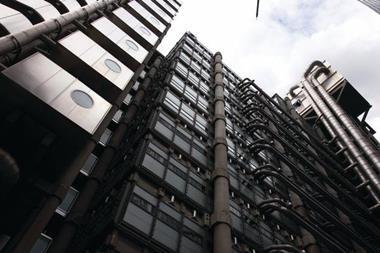Growing demand for reinsurance is one cause, says Beazley
Insurers are predicting significant hikes in the 1 January reinsurance renewals, with some lines of business such as professional indemnity (PI) set to increase by 15%, writes Saxon East.
The rate rises now being negotiated will have a knock-on effect on the general insurance market, creating pressure for harder rates next year.
Neil Maidment, head of the reinsurance division at Beazley, said growing demand for reinsurance from battered insurers was one factor pushing up prices.
“The demand for reinsurance is going up as insurers’ balance sheets and earnings are less strong than they were,” he said.
“Also, the chance of raising capital from new resources is limited.”
Major reinsurers including Munich Re have called a hard market for 2009, saying they will force up rates by 10% or more.
Simon Lovat, PI divisional director of United Insurance Brokers, said the rate rises would be passed on to clients.
Small legal firms have struggled to get PI as many insurers are turning away from offering cover.
Lovat said professional services faced a tough year.
“They are being squeezed at the bottom because they are not getting business, and squeezed at the top because insurance is going up with increased claims,” he said.
Reinsurance for small and medium-sized enterprise business is not likely to go up by a large margin, however. Chris Hanks, commercial lines general manager at Allianz, said casualty lines would probably rise 3% to 5% and property 2% to 3%.
All reinsurance contracts begin from 1 January.
- Bermudian reinsurance broker Carvill will not place or renew any treaty reinsurance business after April next year.
The company said staff would remain to complete its existing obligations.
Carvill, which has worked in treaty reinsurance for 32 years, said it could no longer cope with the economic conditions and escalating costs.
View from Global Re
So reinsurance rates are expected to rise on 1 January. Why? Reinsurance rates are in general cyclical, with soft markets being replaced over time by hard markets – and vice versa. Natural catastrophe losses in 2008 have been harsher than expected: Ike is the third most destructive hurricane in US history. Hurricanes are often the reason for market movements. The last sharp upward movement in rates was after hurricanes Katrina, Rita and Wilma in 2005. But the nat cat losses of 2008 are probably not enough on their own to turn the market. What is different this time is that insurers’ assets have been eroded by the credit crisis.
In order to maintain asset/liability ratios, primary insurers are keener to buy reinsurance. That demand is expected to push up rates.
This analysis is by David Sandham, editor of Global Reinsurance, a sister title to Insurance Times
Hosted by comedian and actor Tom Allen, 34 Gold, 23 Silver and 22 Bronze awards were handed out across an amazing 34 categories recognising brilliance and innovation right across the breadth of UK general insurance.












































No comments yet